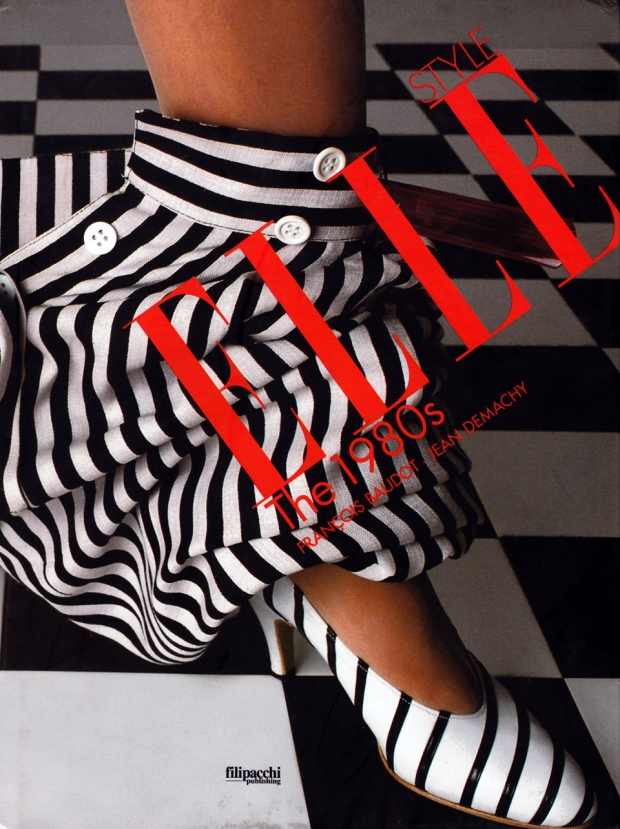Elle Style: The 1980s
Edited by Francois Baudot and Jean Demachy
Filipacchi Publishing, 194 pages, 2003
Elle magazine today is so much a staple presence in the fashion section of North American newsstands, it’s easy to forget that the US version of the French publication debuted not so very long ago, in 1985. It was exciting. While indie fashion magazine start-ups came and went, Elle USA was major news and brought with it in its pages an energy and enthusiasm completely different to that of its more staid competitors, Vogue and Harper’s Bazaar.
Elle was packed with colour, and the magazine didn’t always use the same old models everyone else it. Photography by Gilles Bensimon and Oliviero Toscani dominated the pages. The attitude was loose and playful. You could spot an Elle editorial spread a mile away.
When I discovered recently that Elle Style: The 1980s was an actual thing, I snapped up a copy immediately, and wondered how I could not have owned this book sooner.
I didn’t expect much text or context — it was always the photographs Elle really excelled at. And indeed, the photos are there, but it’s all a bit of a jumbled mess.
Featuring images culled from the full decade of Elle France, the book’s structure is confusing, to start. Years are grouped in threes and fours and within that there are pages devoted to a single designer, but with so little context and the haphazard design, it’s hard to know when a designer spread has started and then stopped. Peppered throughout are bullet-point facts about ’80s pop culture and pages filled with tiny photos of celebrities, newsmakers and movie stills.
But perhaps the most annoying aspect of the book is the lack of photographer credits on each page (these can be found at the back of the book, but it would have been much more useful to see the credits alongside the clothing descriptions on the individual pages, as it was done in the magazine itself) and that there is no indication of which issue any particular photograph was featured in.
The photos are fabulous, as one would expect, but it would have been nice to see them featured in an oversize book, one to a page, with full credits to provide context, rather than mixed up among the filler in this confounding book that could have been so much better.






